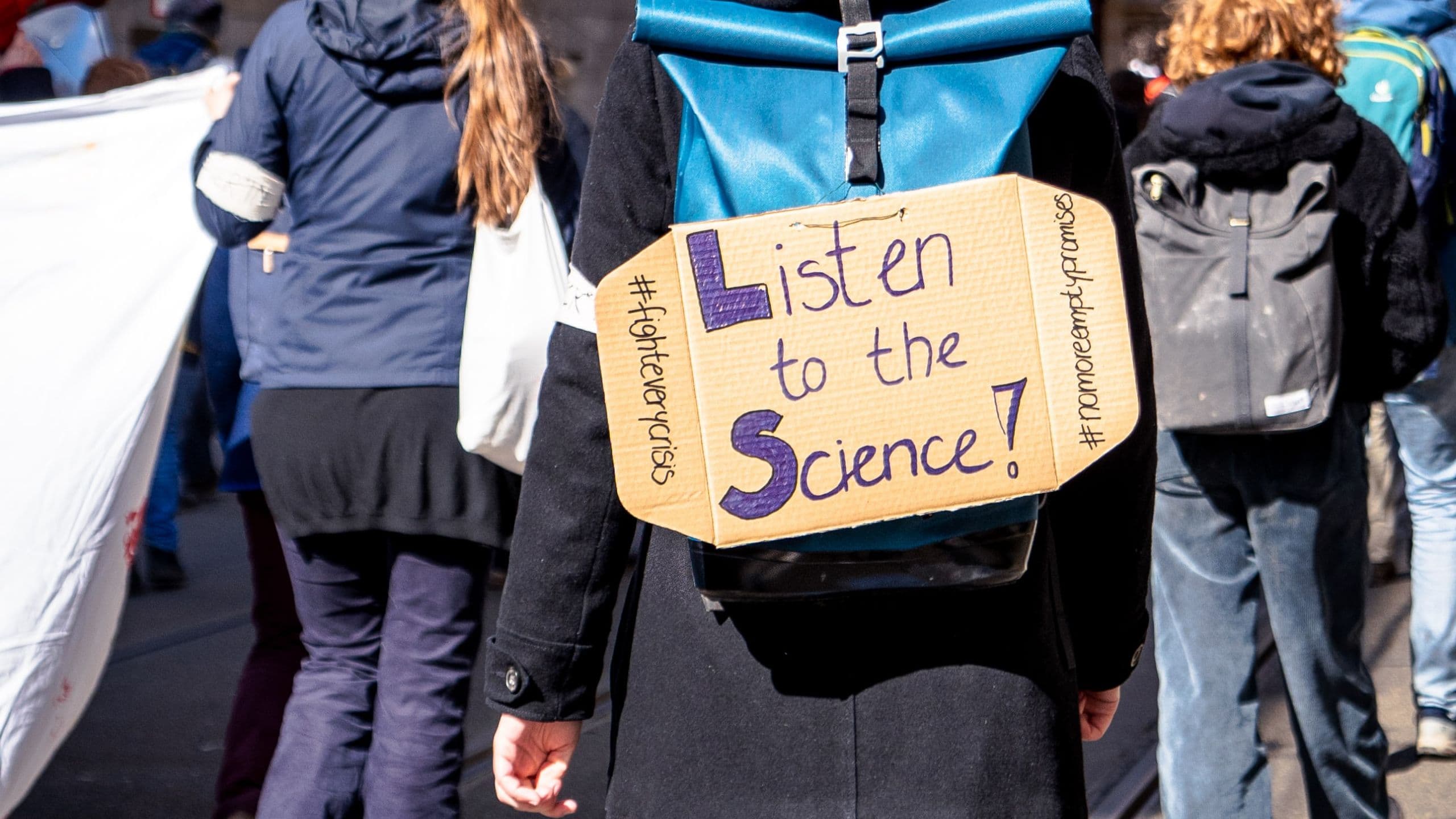Code Red: Main Messages of the IPCC AR6 WG1 report
The 6th Assessment Report of UN IPCC Work Group 1 has been released on 9 August 2021. The report, of which the title is “Climate Change 2021: The Physical Science Basis”, is regarded as ‘the starkest warning yet‘ of this internationally accepted authority. UN Secretary General António Guterres said the report is “Code red for humanity“. Here are the main messages from this report .
1. Current state of the climate
In 2019, the concentration of carbon dioxide (CO₂), methane (CH₄) and nitrous oxide has reached 410ppm, 1866ppb and 332ppb respectively. It’s unequivocal that human influence has warmed the atmosphere, ocean and land.
Changes in the climatic system have been unprecedented over hundreds and thousands of years. Emission from human activities has drive atmospheric CO₂ concentration to record high in 2 million years, and CH₄ and nitrous oxide concentration is at the highest level since 800,000 years ago, and they are still rising quickly and continuously.
Records of mean earth surface temperature were breached in each of the last four decades. Extreme heatwaves, storms, droughts and tropical cyclones are becoming increasingly frequent and intensive. The global mean surface temperature between 2011 and 2020 is 1.09 (0.95-1.20) degree higher than that between 1850 and 1900. Since the 5th assessment, there is growing evidence of increased intensity of extreme events, and their attribution to human influence.
Global glaciers and Arctic sea ice are both melting, which is the main contributor to seal level rise. Anthropogenic heating of the climate system is the main reason behind the global glacier retreat and polar ice loss, which is also directly causing sea level rise since the 1970s.
Excessive GHG emission heats up and acidify the upper ocean, and lowered its oxygen level, and land biosphere changes like poleward shifting of climate zones.
2. Possible climate futures
Global surface temperature will continue to rise by mid-century under all emission scenarios. Temperature rise by the end of this century could be limited to 1-1.8 degree under a very low emission scenario, and 2.1-3.5 degrees under intermediate scenarios, but the rise could be as high as 3.3 to 5.7 degrees with higher emissions.The last time global surface temperature was sustained at or above 2.5℃ higher than 1850-1900 was over 3 million years ago.
Even under intermediate scenarios, the 1.5 degree goal of Paris Agreement is going to be exceeded within this century. The high or very high emission scenarios are going to see the 2 degree goal breached by mid century. Only under low or very low emission scenarios could we contain the temperature rise within 2 degrees by the end of this century.
Every incremental warming amplifies changes in regional temperature, precipitation and soil moisture, causing rarer extreme events including storms, heatwaves and droughts to become more frequent and intensive. The Arctic is expecting the highest rate of temperature rise, which is three times the global average. By the latest of 2050, the Arctic would be practically ice free in summer.
The global water cycle is going to be further intensified and more variable under continued warming. With every additional 0.5 degree warming, discernible increase in the intensity and frequency of extreme droughts could be seen. At the global scale, extreme daily precipitation events are projected to intensify by about 7% for each degree of warming. In the long term, monsoon precipitation is set to increase, in particular in regions like South Asia, Southeast Asia, East Asia and West Africa.
Land and ocean carbon sinks, including sea water and forests, have taken up about 56% emissions from human activities per year over the past six decades. But these carbon sinks are becoming less effective in storing carbon under scenarios with increasing CO₂ emissions, which is going to accumulate more CO₂ in the atmosphere. Under high emission scenarios, the feedback between climate change and carbon cycle is going to be intensified further.
These changes are irreversible for hundreds to thousands of years, in particular those in the ocean, ice sheets and sea level. The warming of oceans in this century is hinged on GHG emissions. Under very high emission scenarios, the oceans are going to be warmed by an extent of 3 to 4 times of that between 1970 and 2018. Mountain and polar glaciers are going to continue retreating, which, together with thermal expansion, is going to raise the seal level continuously in the upcoming hundreds and thousands of years. Under higher emission scenarios, the mean seal level will be 2 meters higher than the present. If the temperature rise exceeds 5 degrees, the rise could be even as high as 19 to 22 meters.
3. Risks and adaptation
The internal variabilities of the earth system such as El Niño events, and natural drivers like volcanic eruptions, could attenuate or intensify impacts from global warming, but they will have little effect on the long-term changes caused by human influence. However, these variabilities and drivers cannot be ignored in risk assessment and planning.
As warming continues above 1.5 degree, more regions are expecting more changes in climatic impact-drivers. There will be further increase in hot climatic impact-drivers and decrease in cold ones.
The magnitude of changes in droughts, precipitation, tropical cyclones and sea level will increase. Throughout the 21st century, regional mean relative sea level will rise around almost the entire globe, driving increased frequency of extreme sea level events and higher risks of coastal flooding.
Cities are facing more challenges from heatwaves and flooding, which will be amplified by urbanisation. As cities intensify local warming, the ‘heat island’ effect and increased heatwaves will intensify precipitation and surface runoff locally or downwind of the cities, bringing higher risks of flooding. As sea level rises, coastal cities will also have to cope with additional risks of coastal flooding.
Many regions are expected to see increased compound events, in particular concurrent heatwaves and droughts, which will impact crop producing with higher frequency. Moreover, low-likelihood and high impact outcomes could not be ruled out, and should be included in risk assessment.
4. Limiting Future Climate Change
There is a near-linear relationship between CO₂ emissions and consequent global warming. Each 1000 gigaton of CO₂ emission will lead to a 0.45 degree warming of the earth surface. Therefore, limiting warming hinges on limiting cumulative emission of GHG including CO₂ to reach net zero emission.
Anthropogenic CO₂ removal and storage could realise net negative emission and lower atmospheric GHG concentration, which could reverse surface temperature rise and ocean acidification, but other climate changes would continue for decades to millennia. For example, even under negative emission scenarios, sea level rise will continue for the upcoming centuries.
In the long term, sustained and rapid reduction of CH₄ emission helps not only limiting warming, but also improving air quality.
Under very low or low GHG emission scenarios, discernible improvements in GHG concentration and air quality will emerge within years. For example, because of emission reductions for the COVID-19 pandemic, there was temporary but detectable improvements in air quality, but atmospheric GHG concentration continued rising throughout 2020. Evident differences in global surface temperature will emerge within around 20 years under different emission scenarios. Though initial changes might be masked by internal variations of the natural system, discernible differences in climatic variables will emerge late in this century. By the end of this century, changes in climate impact-drivers will be significantly smaller under very low emissions than other scenarios.




